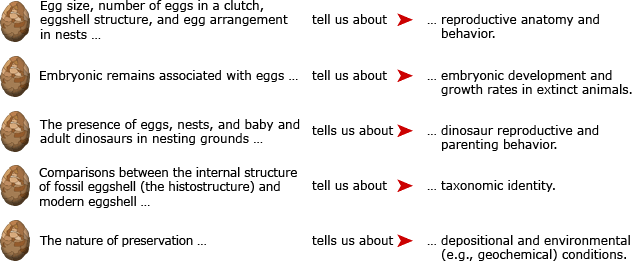 |
|
By Laura E. Wilson1,2, Karen Chin1,2, Frankie D. Jackson3, and Emily S. Bray1
1Museum of Natural History, University of Colorado, Boulder, Colorado, USA; 2Department of Geological Sciences, University of Colorado, Boulder, Colorado, USA; 3Department of Earth Sciences, Montana State University, Bozeman, Montana, USA





